Doctors Urge Americans To Learn Tourniquet Use
America’s doctors are recommending cops, firefighters and the general public be trained to use a highly effective and simple technique to stop bleeding caused by bullet wounds and other injuries — a method widely credited with saving lives on both battlefields and city streets.

In this Monday, April 15, 2013 file photo, Medical workers aid injured people at the finish line of the 2013 Boston Marathon following an explosion on April 15, 2013.(Photo: Charles Krupa, AP)
The decision by the American Medical Association comes days after a gunman opened fire in an Orlando nightclub in a shooting that killed 49 people. Among the survivors was a bartender whose bleeding was largely stanched by a nursing student using an old method that’s gained new attention: a tourniquet.

For decades, tourniquets were treated as a tool of last resort over fears that applying a tight band around a wounded arm or leg could cause long-term nerve and muscle damage. But military studies based on battlefield injuries in Iraq showed tourniquets are highly effective when used properly. A study based on military use on hundreds of American and Iraqi soldiers published in 2008 is widely credited with spurring civilian doctors and paramedics to reconsider their position.
Tourniquets work by stopping someone from “bleeding out,” a common cause of death from injury, said Lenworth Jacobs, director of the Trauma Institute at Hartford Hospital in Connecticut. Stopping the bleeding buys someone time to get surgical help. During a mass shooting, police officers fighting an armed gunman may not have time to attend to the injured.
“Way back when people who lived far away learned to take care of themselves. Today what we have learned is to call 911 and wait. And that’s not a good thing,” Jacobs said. During a shooting, “for the next 15 minutes, you’re it. You need to stop the bleeding.”

Antique tourniquet
The Department of Homeland Security last fall launched a “stop the bleed” campaign based on similar recommendations, noting someone can bleed to death in as little as five minutes. An Army sergeant who learned to use tourniquets during a Middle East deployment is credited with saving numerous lives following the 2013 Boston Marathon bombing. Police officers in Boston, Philadelphia and Dallas, among others, have been trained to use tourniquets.
In Colorado, many paramedics, police officers and firefighters are familiar with tourniquets as a result of military service. All Denver paramedics are now required to carry a pre-packaged tourniquet with them at all times. In December, the survival of a Denver police officer shot in the leg during a traffic stop was credited to the fact his colleagues used a tourniquet on him.
“We’ve made leaps and bounds with this concept,” said Capt. Bobby Putnam, an EMS supervisor for Denver Paramedics, which has been using tourniquets for about five years. “In the past, everybody was like 'tourniquets are terrible, don’t use them.’ This the 21st century. We’ve had a lot of research, a lot of training. And the reality is they are highly effective … if placed properly.”
Police officers carrying ready-made tourniquets are credited with saving lives during the 2012 Aurora theater shooting in suburban Denver, in some cases putting tourniquets on victims and driving them directly to hospitals in patrol cars.
The key to effective tourniquet use is the width of the band – it must be at least an inch wide — and it must be cranked tight enough to halt all bleeding. Several companies sell prepackaged tourniquets designed to be carried in a glovebox, backpack or purse so they’re always available. Jacobs said he wants to see them provided alongside automated defibrillators or installed in all new cars.
Denver Paramedics offers free training classes to the public, and taught some journalists in the belief it’s highly likely they will be among the first arrivals at a mass shooting or other urban disaster.
Jacobs said the pre-packaged tourniquets, basically a velcro strap with a toggle to tighten the band, are the best choice. But a shirt, a handkerchief or even hands are a good option, at least immediately. He said applying enough pressure to stop all blood flow is key.
A person can lose about a liter of blood before being significantly affected. Two liters in a short time and they may never recover, Jacobs said.
“The difference between death and back to work is huge,” he said. "It’s a very, very simple concept.”
The American Medical Association also recommended greater civilian use of hemostatic dressings, which are specially treated bandages and gauze that help the body clot blood faster.
---
Original article by Trevor Hughes and can be found here
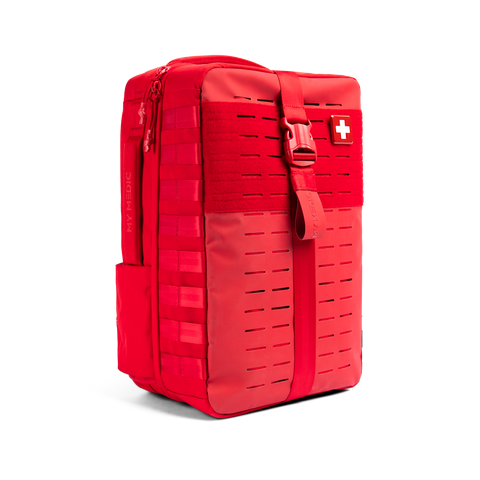 NEW ARRIVALS
NEW ARRIVALS
 BEST SELLERS
BEST SELLERS
 SUPERSKIN™
SUPERSKIN™
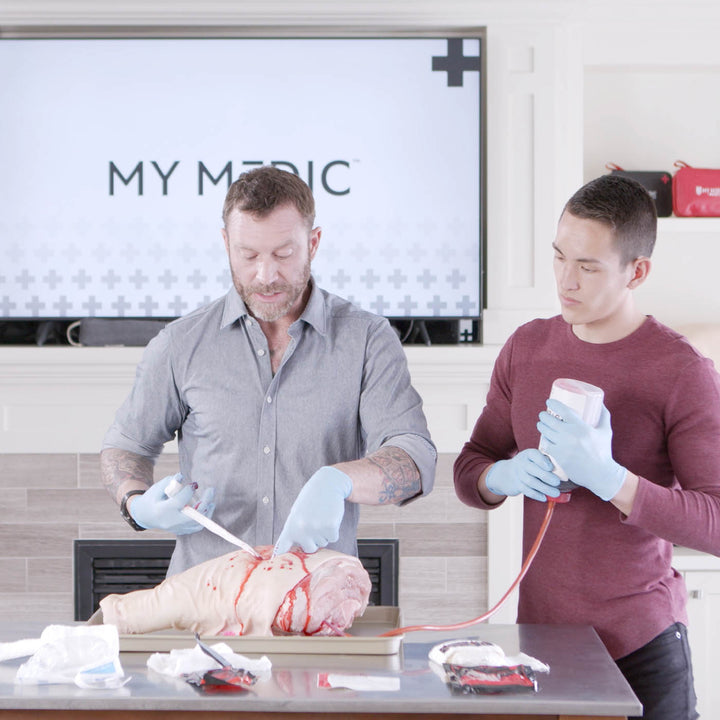 COURSES
COURSES
 REWARDS
REWARDS
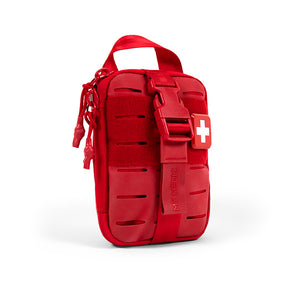 The MyFAK Collection
The MyFAK Collection
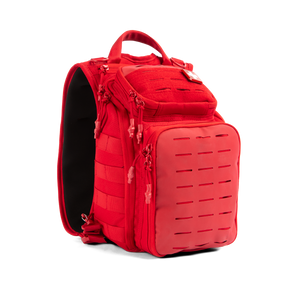 Specialty
Specialty
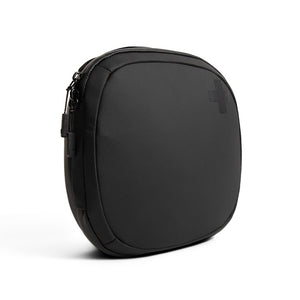 The Ready Collection
The Ready Collection
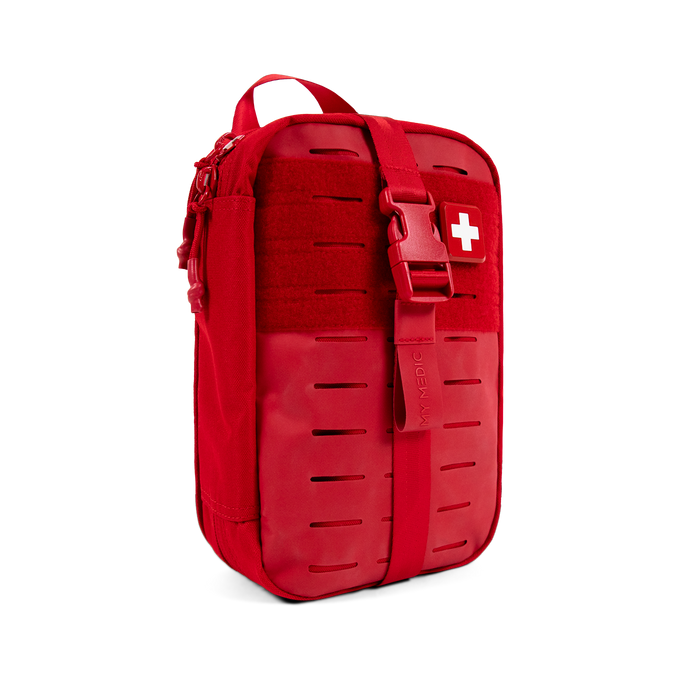
 BLEED
BLEED
 OUTDOOR
OUTDOOR
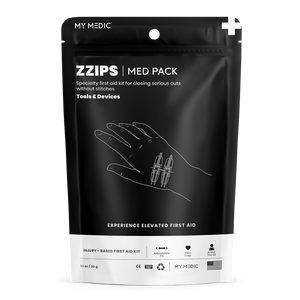 TOOLS & DEVICES
TOOLS & DEVICES
 SPECIALTY
SPECIALTY
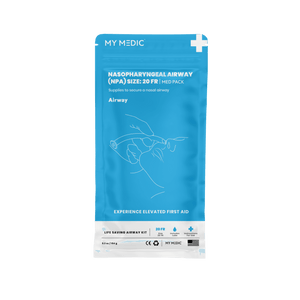 AIRWAY
AIRWAY
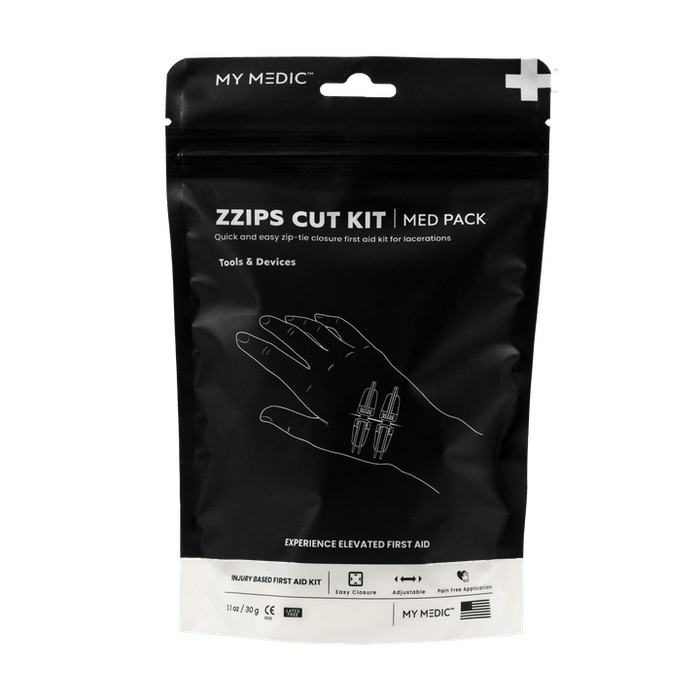
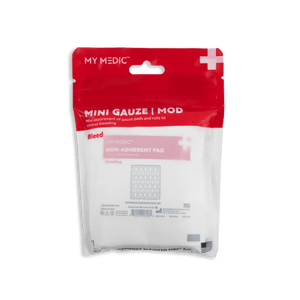 BLEED
BLEED
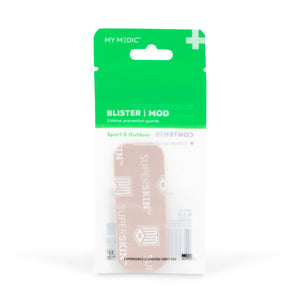 OUTDOOR
OUTDOOR
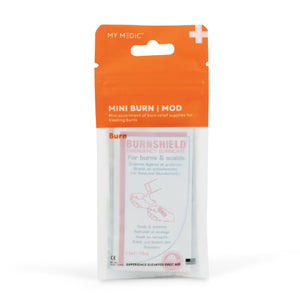 BURN
BURN
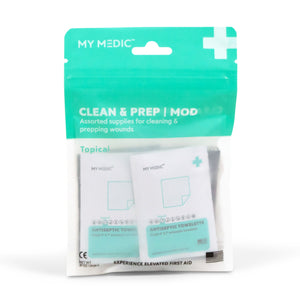 TOPICAL
TOPICAL
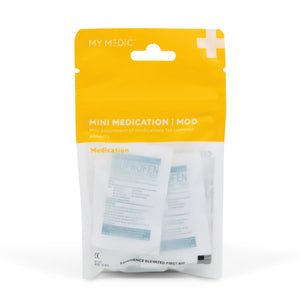 MEDICATION
MEDICATION
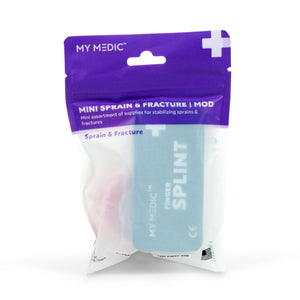 SPRAIN & FRACTURE
SPRAIN & FRACTURE
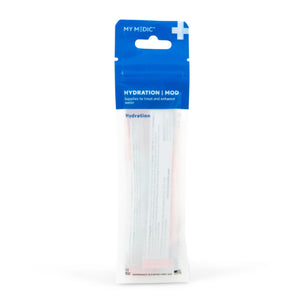 HYDRATION
HYDRATION
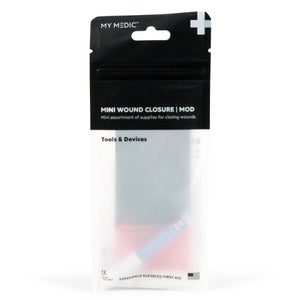 TOOLS & DEVICES
TOOLS & DEVICES
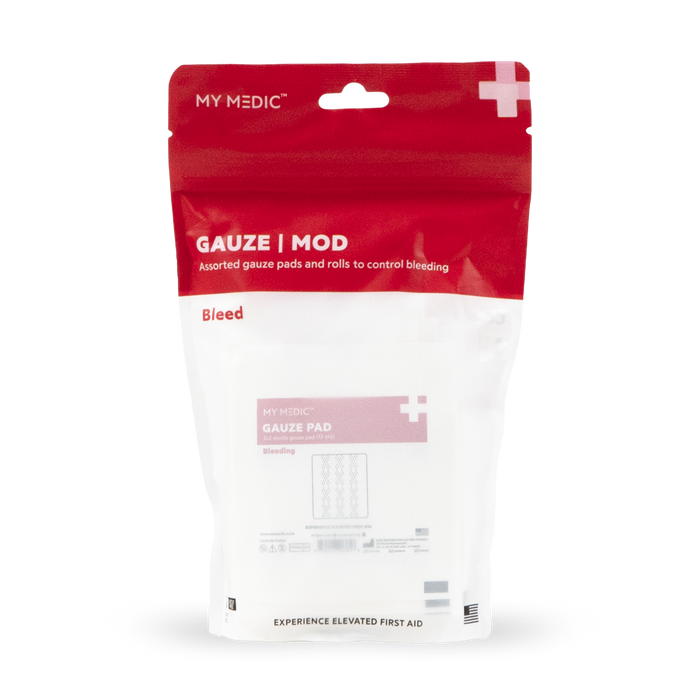
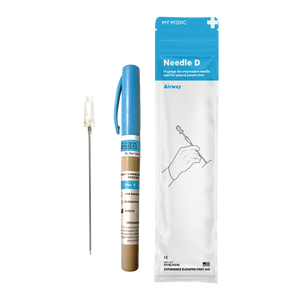 Supply Categories
Supply Categories
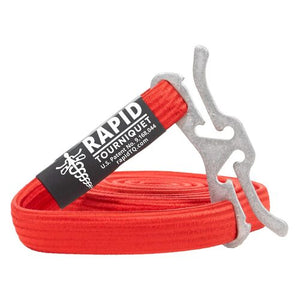 Top Sellers
Top Sellers
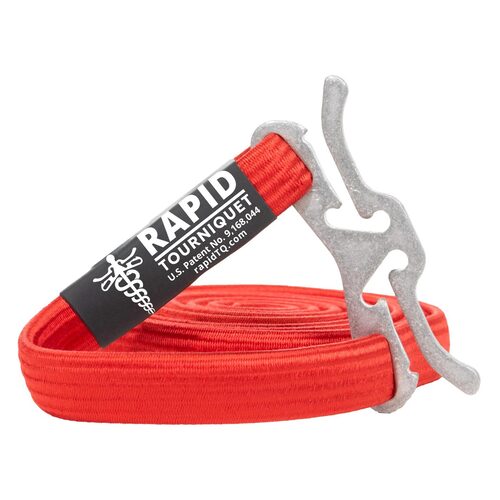






How things are now a days, having simple basic life savings skills is essential. You never know when you may be going involved in mass shooting or car accident. Having some basic skills can save people’s lives. To know I can throw a small tourniquet in my purse and that this can save someone is enormous! Should be taught at schools too! Thanks
———
My Medic replied:
Hey Sherri, we completely agree with you! Everyone should know how to use a tourniquet.
Leave a comment